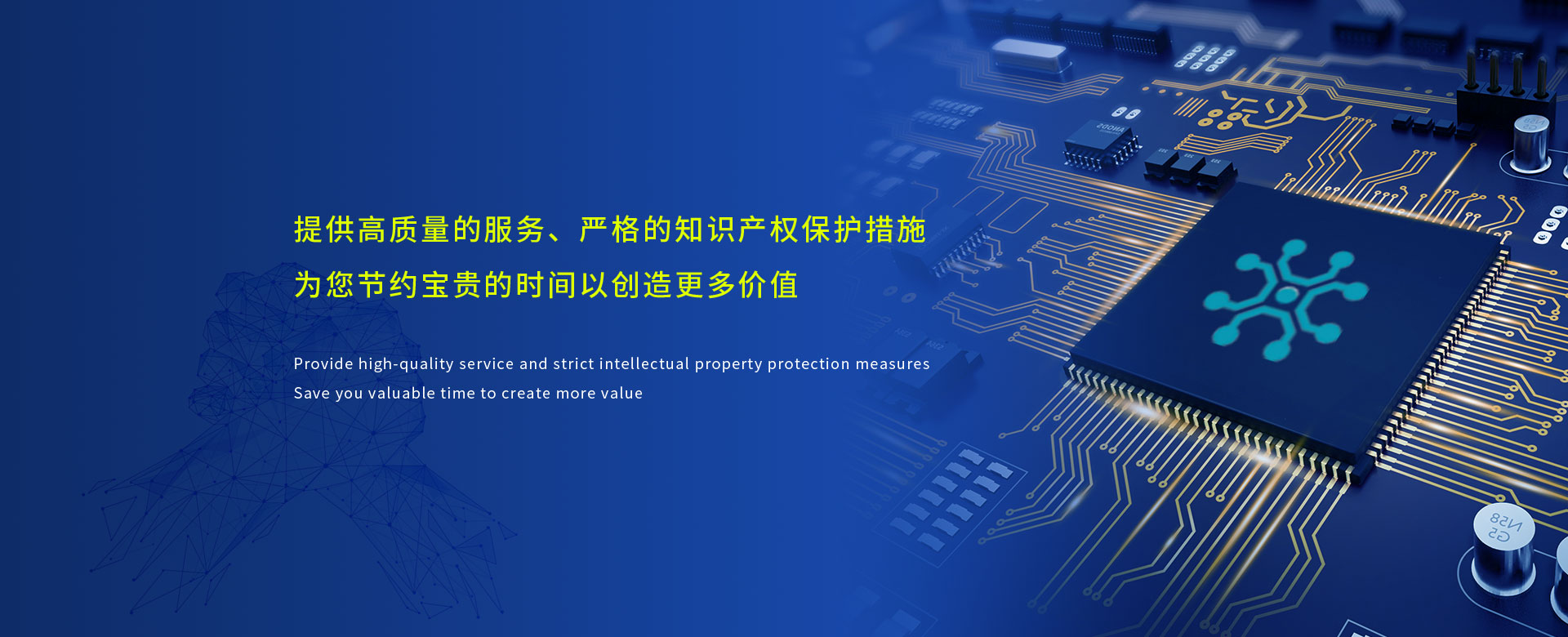EUV供应商须在检测掩膜缺陷能力方面进行改善
Imec联合合作伙伴发布两份EUV掩膜评估结果,结果显示EUV供给商须在检测掩膜缺陷能力方面进行改善。并与Zeiss SMS合作通过实验演示了一项消除缺陷的补偿技术。
Imec reports two breakthroughs in its EUV mask defectivity assessment
Imec, together with some of its partners in the Advanced Lithography Program, has demonstrated the need for improved capability of the EUV supplier community to detect printing mask blank defects. And together with Zeiss SMS, a compensation technique to mitigate such defects has been demonstrated experimentally.
EUV mask defectivity continues to be the number one critical issue for preparing extreme ultraviolet lithography (EUVL) for high-volume manufacturing. Since two years imec is using a combination of 3 inspection techniques for the evaluation of the defectivity level of state-of-the-art reticles: mask blank inspection (the blank being the starting material for the mask fabrication), patterned mask inspection and wafer inspection (read imec’s previous newsletter article on this topic - link). Recently this approach has delivered evidence that blank inspection typically used by EUV mask blank vendors, and even its second tool generation, does not satisfactorily detect all blank related defects that cause a printing defect on the wafer. For the first time, we have been able to visualize examples of so-called multilayer (ML-) defects that were ’sub-radar’ until now. An ML-defect is a few nanometer high distortion in the upper part of the mirror of an EUV mask.
转载请注明 http://www.pcbvs.com

